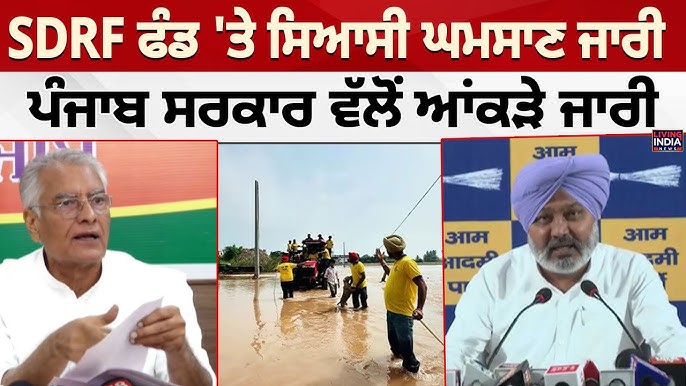
The Punjab government is once again busy polishing its image rather than fixing the system. This time, Finance Minister Harpal Singh Cheema has announced a grand plan of digital reforms in the treasury and accounts department — a move that supposedly aims to modernise Punjab’s financial management, bring transparency, and save money. The AAP government claims that the state has already pocketed ₹450 crore as an incentive under the Centre’s SASCI scheme and is now aiming for another ₹350 crore. Clearly, the treasury is smiling — even if the people are not.
Under this shiny digital revolution, the Directorate of Treasury and Accounts (DTA) has rolled out a number of fancy-sounding systems — SNA-SPARSH, Pensioner Sewa Portal, Audit Management System, and digital accounting for departments like Forest and Works. Each comes with a promise bigger than the last. If these reforms were as efficient as their acronyms, Punjab might have become the Singapore of North India by now.
The government proudly says that the SNA-SPARSH system will integrate the Public Financial Management System (PFMS), the state IFMS, and the RBI’s E-Kuber platform. In simpler words, this means fewer idle funds in banks and more “liquidity” in the treasury. But given the government’s track record, people fear the money might still flow — just not necessarily in the right direction.
Then there’s the Pensioner Sewa Portal, designed to help senior citizens get their pensions without standing in long queues. On paper, it looks like a revolution for the elderly. In reality, most pensioners in rural Punjab are still trying to figure out how to upload a life certificate with a 2G signal and a phone that barely turns on. For them, this digital wonderland feels more like a cruel joke than a convenience.
The Audit Management System (AMS) sounds impressive too. It allows real-time access to audit reports and aims to plug financial leaks. But for a government already leaking credibility faster than the Sutlej in flood season, a new app may not be enough. Punjab’s bureaucracy is already famous for turning reforms into relics — and no software has yet been invented to fix that.
Of course, there’s also the promise of e-vouchers — no more paper bills, no more files moving from one dusty table to another. That sounds like a dream — except in Punjab, dreams often come with a “beta version” tag and stay there forever. Somewhere, someone is probably already planning an inauguration event for these reforms complete with garlands, drums, and selfies, even before the first pensioner gets a login ID.
Now, let’s be fair — the merit of the plan is that it could make government spending more efficient, more accountable, and more transparent. But the demerit, as every Punjabi knows, is that the AAP government’s definition of “transparency” often means “we’ll show you everything… except the results.”
The sad reality is that the people of Punjab simply do not trust this government anymore. After endless announcements, foundation stones, and photo-ops that led nowhere, this digital reform feels like another episode in the same old serial — “Reform da Vaada, Reality da Nada.” While Cheema talks about financial architecture and modernisation, the public is still waiting for flood compensation, jobs, and functioning schools.
So yes, Punjab’s treasury may be going digital — but the people’s faith remains in manual mode. Until the AAP government learns that governance is not about glossy press releases but about genuine delivery, even the most high-tech systems will keep crashing — just like the promises they’re built upon.